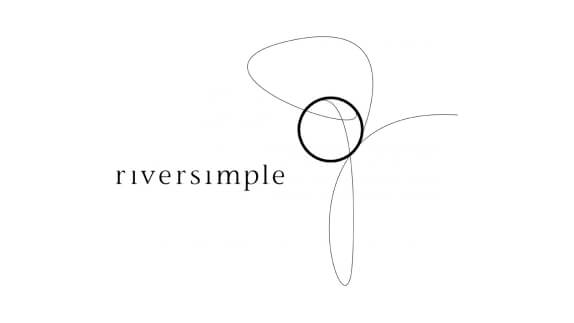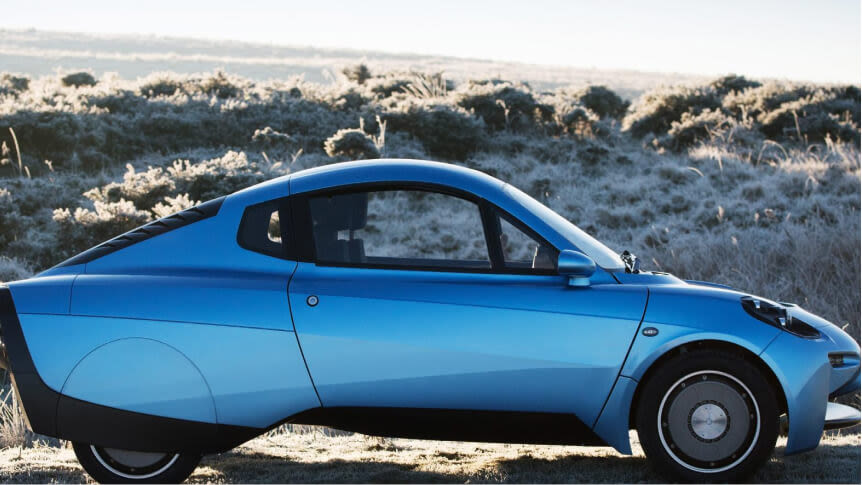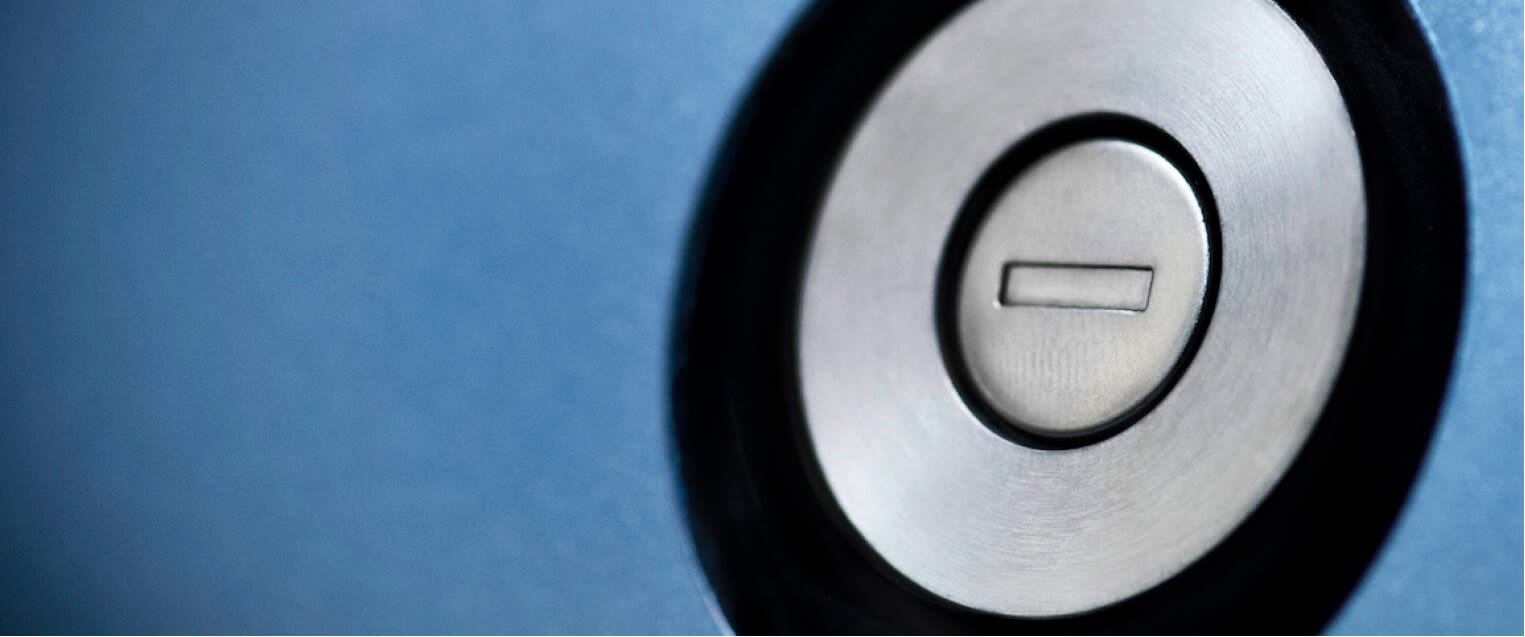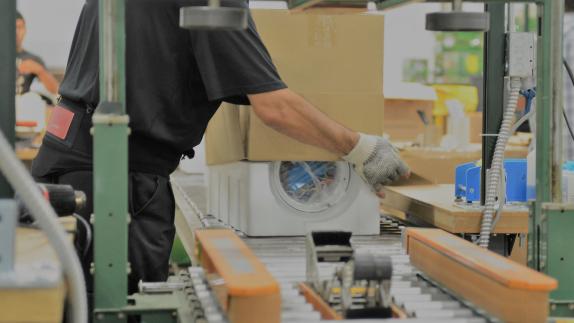
The Problem: the automobile industry relies on fast turnover, and a high throughput of materials and parts. The current process rewards the continual consumption of finite resources, degrades our environment and cannot work in the long run.
The Solution: innovative technology and a new business model. A hydrogen fuel cell engine, regenerative braking and a super lightweight chassis. Customers pay by the mile rather than own the car. Company leases fuel cells from suppliers based on performance.
What makes it really innovative? Governance structure comprises six guardians representing all the stakeholders affected by the company's activities. Key decisions must be approved by all guardians guaranteeing an 'alignment of interests'.
The Result: zero harmful emissions, longer lasting components kept in loops, a hassle free mobility service for customers.
Zero impact transport
Over the last 16 years, UK-based car manufacturer, Riversimple set the goal to create a revolutionary form of mobility with one clear purpose – “to pursue systematically the elimination of environmental impact associated with personal transport”.
To achieve this ambition, Riversimple adopts a ‘whole system approach’ encompassing every facet of the business, from technology choices, to relationships with suppliers, regulators, the community and other stakeholders. The company embraces and promotes a philosophy that sees everyone striving for the same result. Riversimple’s first production car is called the Rasa, from the Latin tabula rasa - a reference to the need for a completely clean slate approach to the provision of mobility.

Image credit: Anthony Dawton
Innovative technology
The power source for the Rasa is a 8.5 kW (11HP) hydrogen fuel cell, a size more associated with a small outboard engine. The only emissions related to this type of engine are water vapour. The fuel cell directly powers four in-wheel motors, which avoids the need for drive shafts and other material intensive transmissions systems as simple cables transfer power. This reduction in bulkiness leads to flexibility in the way the car can be packaged as well as keeping the weight of the vehicle low.
The braking system is completely electric; friction braking is available but only as a back-up. Electronic braking recovers up to 50% of the power, which is stored in a bank of capacitors. The stored power provides acceleration, which means the fuel cell is only required to maintainmaintainKeep a product in its existing state of quality, functionally and/or cosmetically, to guard against failure or decline. It is a practice that retains the highest value of a product by extending its use period. the cruising speed. The system cleverly avoids the inherent redundancy in most car engines, where 80% of the engine power is required for accelerating the vehicle, but only accounts for 5-10% of the vehicle’s life.
The combination of a smaller engine, the use of lightweight carbon fibre chassis, braking power recovery and the inherent higher efficiency of fuel cell technology, all contribute to an energy consumption equivalent to 250mpg. Compressed hydrogen fuel allows faster filling than electric vehicles. However, hydrogen infrastructure is not widespread yet, so the car is currently marketed at people living in and around towns, for use on more local journeys.
New business model
Riversimple’s guiding philosophy to business is the simple idea of ‘alignment of interests’, so that all stakeholders - the business, customers, suppliers, regulators and the environment can all benefit. The manifestation of this thinking is a business model in which cars are not sold but offered on a service contract. The service payment comprises a fixed price element and a variable usage rate which covers all operation and fuel costs. At the end of the contract, the car returns to Riversimple for rental to future customers. This way, longevity and low running costs are in every parties' interest, and vehicles are designed with high quality and durabilitydurabilityThe ability of a product, component or material to remain functional and relevant when used as intended. as a priority to be kept on the road for as long as possible.
The company applies its ‘alignment of interests’ philosophy in a similar way to the relationship with its suppliers. For example, it does not buy fuel cells for its cars, rather it pays for installed kilowatt-hours (energy usage). In this way, it is in the interest of the fuel cell company to provide equipment in the most reliable way, using high quality, long-lasting materials for reusereuseThe repeated use of a product or component for its intended purpose without significant modification. after Riversimple no longer requires them.
It’s much easier to design a new model to suit the 21st Century, than to tweak a model that was designed to do something fundamentally different.
Hugo Spowers
The circular economy requires a system change
Riversimple embraces many of the key characteristics of the circular economycircular economyA systems solution framework that tackles global challenges like climate change, biodiversity loss, waste, and pollution. It is based on three principles, driven by design: eliminate waste and pollution, circulate products and materials (at their highest value), and regenerate nature.. The elegant design is based on the effective use of resources and the elimination of harmful emissions. The performance model is founded on products, material and components being kept at their highest value for as long as possible, while at the same time providing a great service to the customer. This approach safeguards future resources and creates the potential for increased revenue for Riversimple and its suppliers. Another way of expressing alignment of interests is the ‘optimisation of the system as a whole’ - a characteristic of natural systems that the circular economy strives to emulate.
More fundamentally, Riversimple has recognised that the whole current model is predicated on a set of early 20th C conditions that have now evolved. So to create a mobility system that suits the very different circumstances of the modern world requires much more than tweaking the old model, rather it needs a complete change of the system. Riversimple, by combining innovative technology with an alternative business model, may have created a template for a modern transport service fit for the realities of the 21st Century.
The Rasa is set to be commercially available by 2019 and Riversimple is planning to make the technology open source to enable fast adoption in different markets.
Further information:
Video: Fully Charged program
More reading: Intelligent Design





